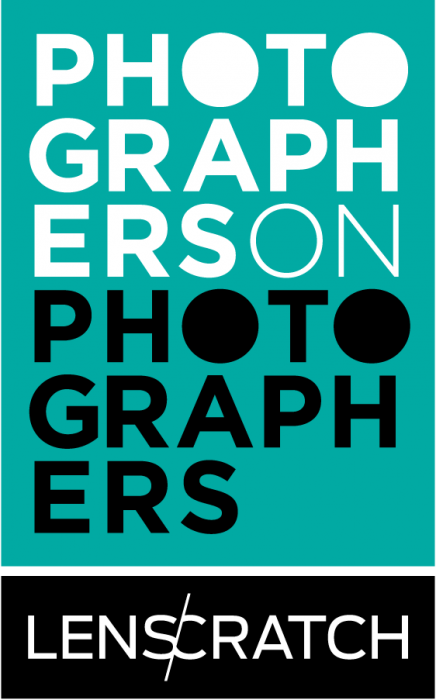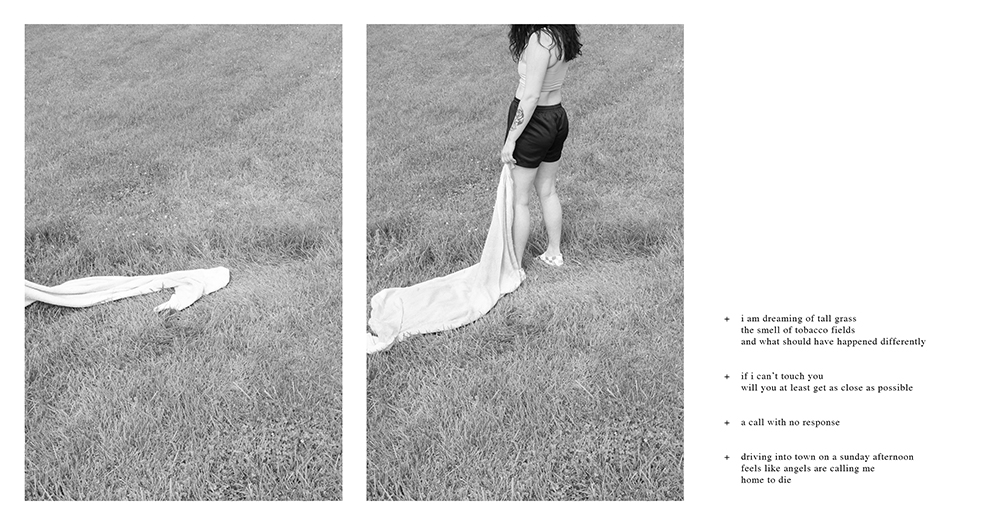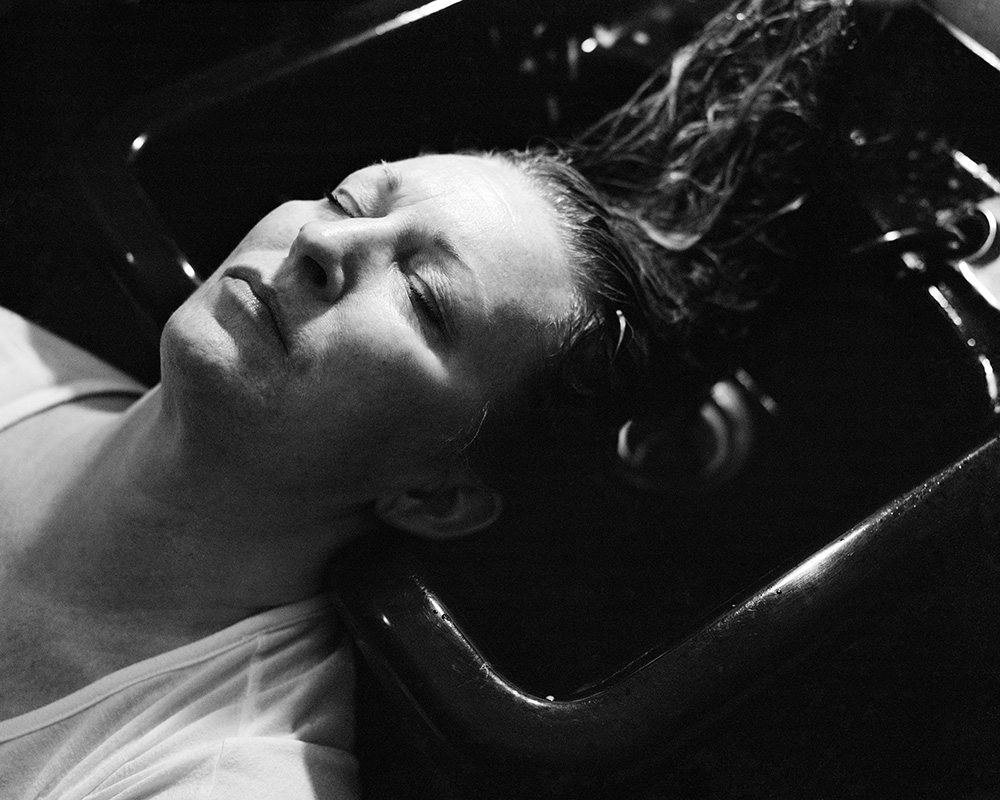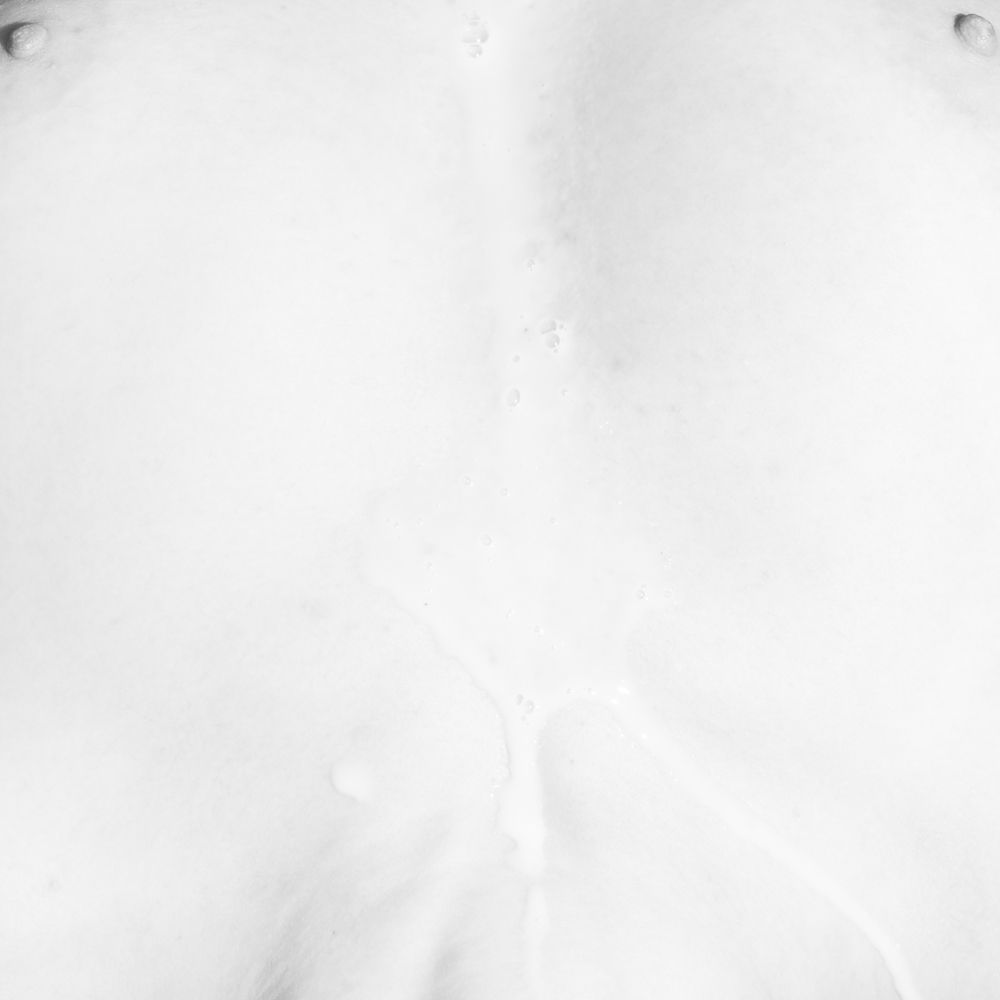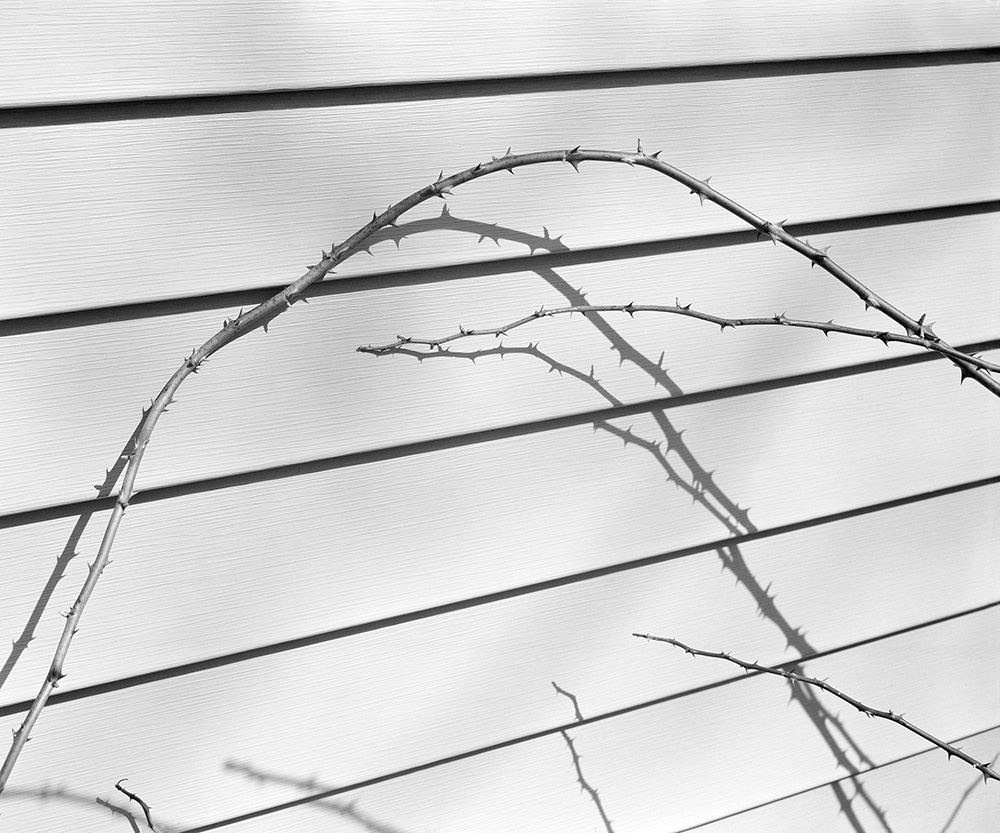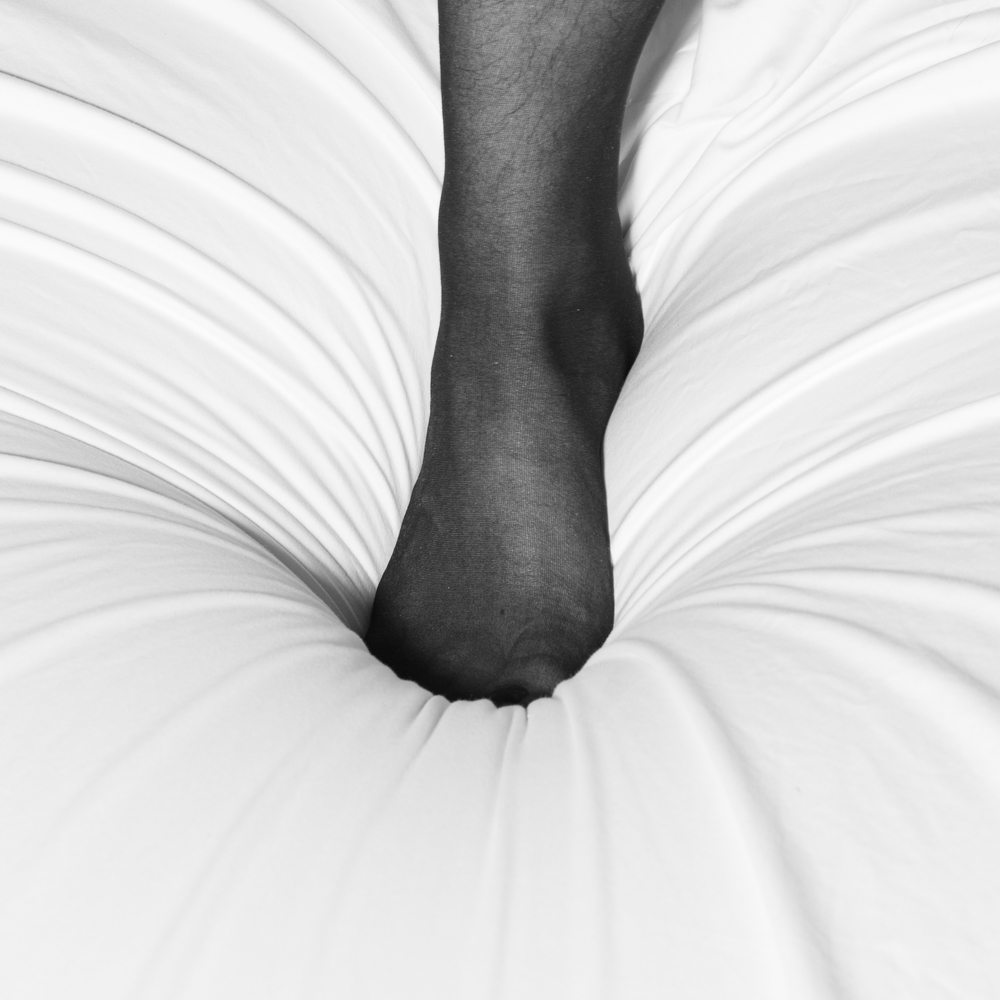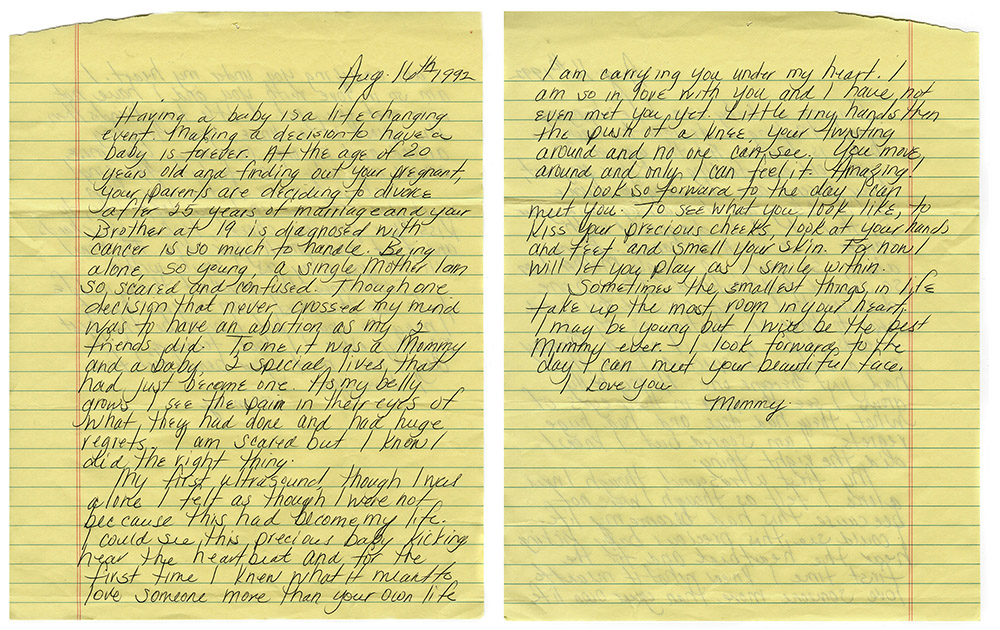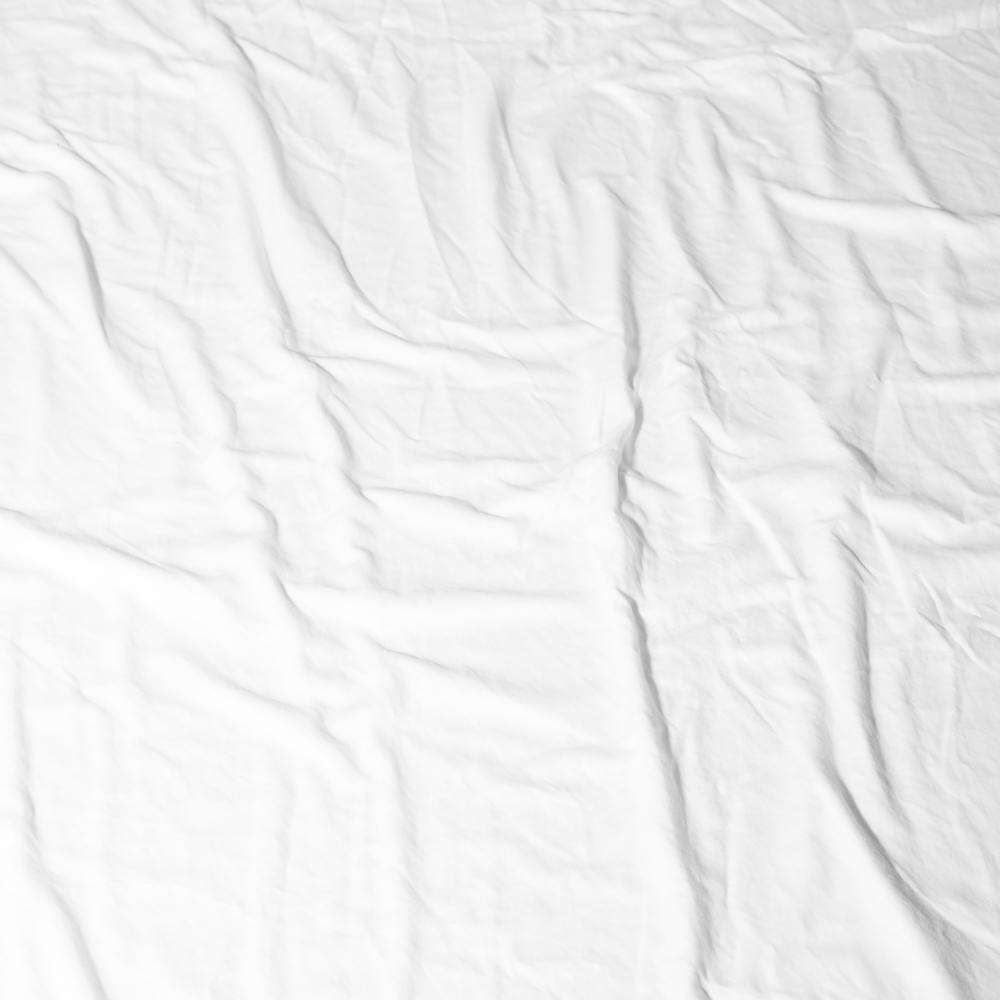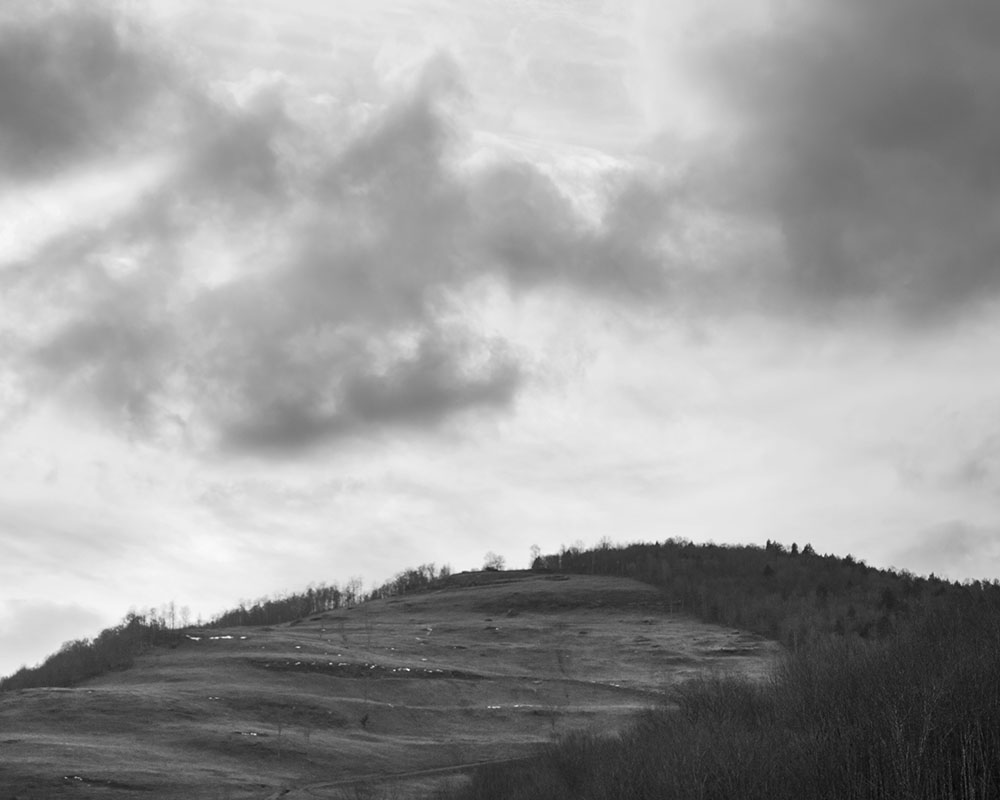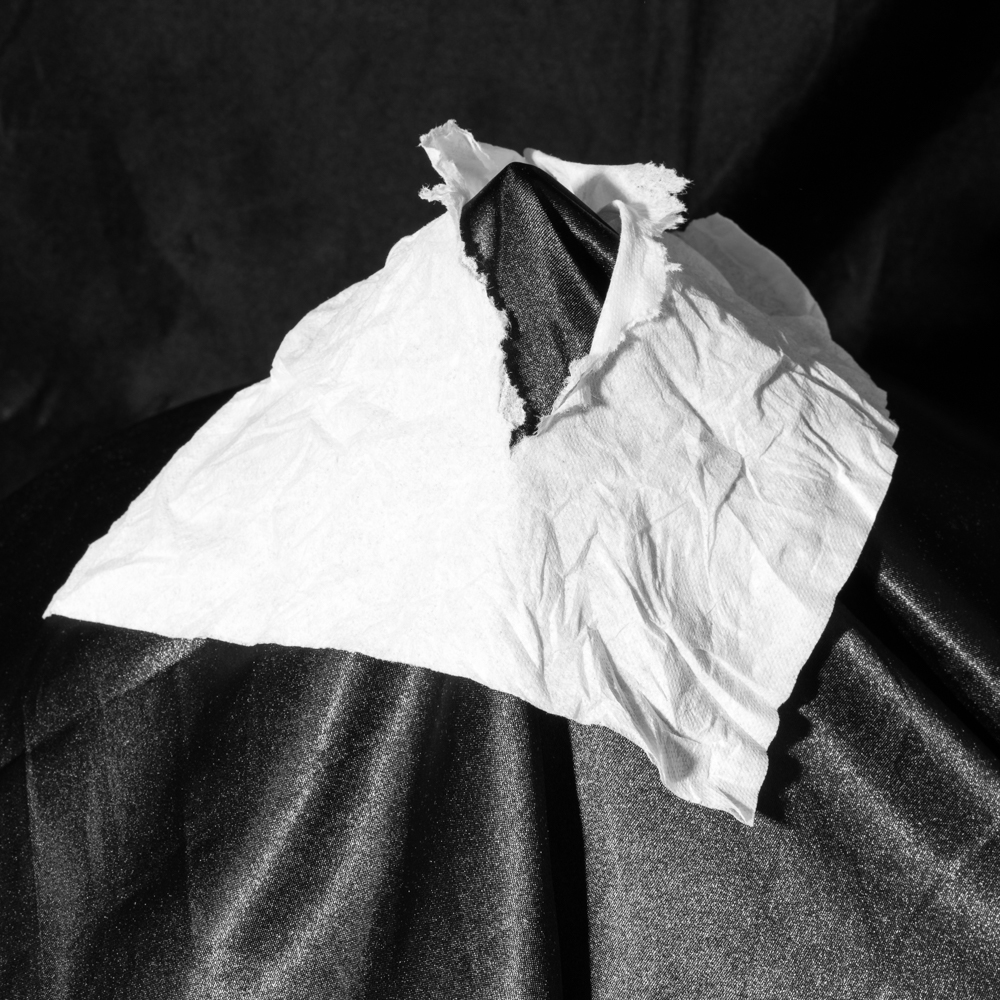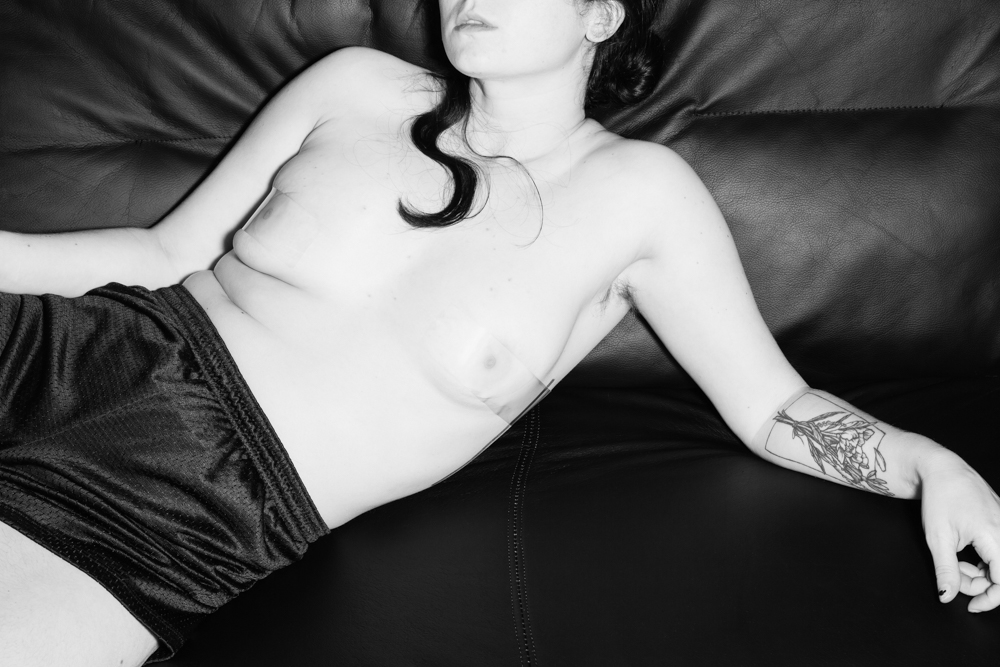Photographers on Photographers: Nicole Norman in conversation with Skyler Maggiore
I haven’t met Skyler Maggiore, but this Fall they will be one of my incoming peers at the University of Arkansas. During a studio visit with one of my mentors early this year I was told that Skyler and I would probably get along. I wasn’t convinced at that moment, but the time I’ve spent getting to know them these past few months has proved my skepticism wrong.
When I talk to Skyler a short text can easily turn into a long conversation about the relationships we have to our homes, families, and being queer. I am constantly surprised (and delighted) by the overlap in our experiences. And it just so happens that the photographs we make are about those things, too. I wanted to have a conversation with Skyler to investigate their work and connect the dots between our lives and artistic practices.
Nicole Norman is a photographer and writer currently based in Fayetteville, Arkansas. Nicole received a BFA in Applied Photography with a minor in Creative Writing from Northern Kentucky University. They are currently an MFA candidate in Studio Art at the University of Arkansas.
Skyler Maggiore (b. 1992) was raised in upstate New York. Their work has been shown throughout New York, most recently in Rochester. They are a seasonal instructor in Photography at AGBU Camp Nubar in Delancey, NY. Their undergraduate studies were completed at Pratt MWP in Utica, NY and The School of Art + Design at Purchase in NY. Skyler resides and works in Brooklyn and will be relocating to fulfill a graduate fellowship at The University of Arkansas this coming Fall.
nicole norman: so we’re keeping this lowercase, right?
skyler maggiore: my mom has verbally commented on my lack of capitals. is it a generational preference?
nn: honestly, i’ve never even thought about the correlation between people who are committed to texting using only lowercase letters. i saw a meme recently that equated it to being queer and i haven’t stopped thinking about it since.
sm: is it an aesthetic choice? i think i can maybe relate it back to my years as a pre-teen on aol instant messenger and how stylistic choices were made as a young away message extraordinaire.
nn: as someone who had a completely lowercase myspace page, i think you might be onto something there. i don’t even know when i started doing it, but it seems like it’s definitely related to my digital self.
sm: even though i never would have had the words at a young age, spending time looking into other people’s lives and expressing myself through platforms like myspace feel like the roots of me beginning to feel subtle notions of queerness and otherness that began to separate myself from my childhood peers. i think i can locate that as a time period that i began to subconsciously divide my being into different “selves”.
nn: do you have a more clear understanding of those selves now?
sm: at the moment i’m thinking of them as different potential levels of being. the first level is physically and mentally where i am and can rationally allow myself to be. the second is where society expects me to be, which, because of binary pressures, loops back and relates to where i am. then there is an ideal level of self that feels completely intangible.
nn: the way you’ve described it as different levels of being really resonates with me. i think that a lot of discussions about identity and queerness assume that the path to understanding is easy and pretty straightforward. from our previous conversations with each other i know that’s not the case for either of us and we both bring that into the work we make. could you talk about how your photographs engage with these levels of being?
sm: my path to understanding is a cycle of subconsciously informed realizations that have occurred as i have grown into myself. this body of work reveals itself in new ways to me almost every time i go back to ask it new questions. for example, the image titled, i sucked in all the air around me and wore my towel around my waist. i changed my mind (2015), exists as an initial projection of my latent chest dysphoria.
during my last year of undergrad in 2016, i bound my chest for means of performing in drag and found myself spiraling when i removed the bandage later that night. soon after that first night in drag, i made the image, soft but stark, stark but soft pulls leave subtle marks (2016). these images hold truths that slowly find their way into my consciousness. the danger of these levels of self is that some are mandated by what is expected of my body. it wasn’t until at least three years later that i was able to mentally, physically and verbally locate my chest dysphoria.
nn: you’re bringing up expectations of the body and the self. i can’t help but think about where they originate. lately i have been reflecting on my experiences growing up in kentucky and attending a baptist church with my mother. there was always a constant feeling of disconnect that i had with those places, those values, and those people. but feeling disconnected didn’t necessarily stop me from being affected by them.
maybe that’s unrelated, but generally i view home and familial relationships as the site where we first come into contact with who or what we think we should be.
sm: i grew up in a small valley in upstate new york and was guided through my later childhood and adolescence within the catholic church. so, i definitely understand the disconnect you’re describing. i think it’s something we both try to work through in our photographic practices. being so active in the church ingrained certain notions into my younger self that i’ve used as visual tools to reimagine acts such as baptism. the picture, anointed with oil to engender new spirit (mom at the sink), is an instance where i’ve reconceptualized ideas of baptism and cleansing. similarly, i use an archived image of my mother and i, archival scan 1996, to recall the statue of the pietà, allowing the viewer to contemplate gender in this comparison between my prepubescent body and a historically male figure. the foundering of organized religion has bruised my psyche and i’m using photography to somehow pick up those pieces.
nn: for me it’s this weird paradox where i have to make new pieces to understand the ones that already exist. that could apply to making photographs or even just being a person. i couldn’t understand certain parts of my identity as they were developing but looking back i see them so clearly. i would even say that it wasn’t until earlier this year that i was fully conscious of how my understanding of myself and my practice was catching up. for example, i have this unintentional habit of making the same images on repeat for months. the second i turn the camera on, autopilot kicks in, and later i’m sitting in front of my lightroom catalog looking at a slightly different picture of my crotch or chest that i made a year ago. it’s at that point that i’m like, “wait a second…i think something’s happening.” that’s where i’m at right now — i have started to decipher what this pattern of image making might mean in the context of what i want the work to accomplish.
sm: do you see this repetitive taking and retaking as an unintentional tool for you to attempt to understand your body? do you think the process is inherent to being a digital photographer? furthermore, in regards to your growing lightroom catalog, i’m wondering how you are sifting through and choosing images?
nn: it has definitely been a tool. honestly, shooting with a digital camera is really important to me. my undergraduate program was completely digital — no film!! a lot of people find that appalling, but it’s what i’m best at. i was shooting film in my first year of graduate school and it slowed me down a lot. i loved it, but i needed to get ideas out of my brain faster. so, working to consciously or subconsciously answer questions about my body, gender, or queerness happens best when it’s done digitally.
plus, so much of my work relies more on the environment i create while i’m taking photographs than it does on the final result. which is not to say that i’m not aware of my body or the camera. i’m just more interested in what i’m thinking about or the music i’m listening to at the time, which has a direct impact on how i view a specific collection of photographs. so, when i’m in lightroom i’m looking for two things: 1. what image best translates the experience i had making that specific batch of photographs and 2. how can an image inform my experiences with queerness as a whole.
i would imagine your experience shooting large format is much different.
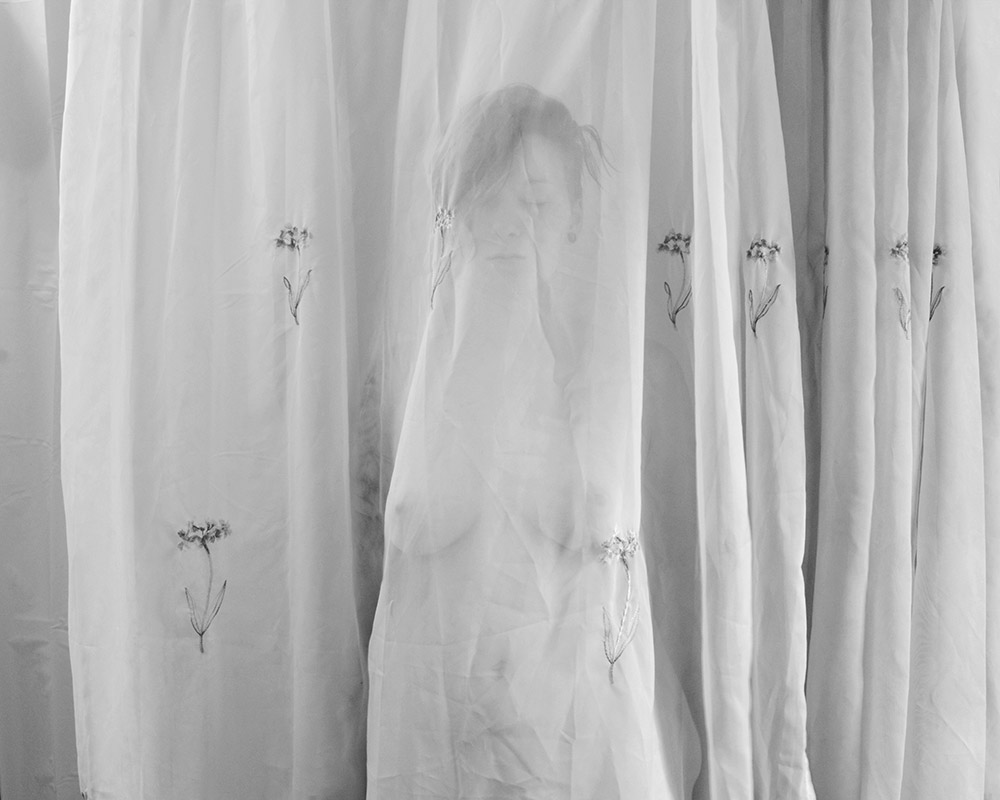
© Skyler Maggiore, I sucked in all the air around me and wore my towel around my waist. I changed my mind., 2015
sm: most definitely. i started shooting 4×5 film towards the middle of undergrad and the slow process of using large format allowed me to engage with the camera more than i had previously. i quickly learned how performative making a picture with a large manual camera can be. similarly to you, my photographs rely on the environment, which is typically my hometown. since i’ve started using such an antiquated and gigantic camera in my small conservative town, i can’t help but feel the attention that this unfamiliar tool brings me. more recently, i’ve began to compare this experience to presenting as a queer person in the same space. it brings a certain unwanted and inevitable attention that i’m learning how to cope with.
nn: that’s where i find the most overlap in our work right now — not in the actual photos (though there are similarities), but in how our individual processes relate to an internal relationship with queerness.
i’m excited that we’re also going to have an overlap in our graduate school experience at the university of arkansas. i’m working towards my thesis and you’re starting your first year. what kind of impact do you think grad school will have on your work?
sm: in a previous conversation, we touched on what an insane time it is to be going to grad school right now. as an artist, i find moving through the motions of making work in the midst of a global crisis and a revolutionary social justice movement to be terrifying and exhausting, but also incredibly exciting! i feel like i have all of the tools, along with remarkable mentors, to create work that can bring forth visibility and awareness.
keep up with nicole here:
www.nclnrmn.com / @nicolenorman
keep up with skyler here:
www.skylerjmaggiore.net / @skylermaggiore
Posts on Lenscratch may not be reproduced without the permission of the Lenscratch staff and the photographer.
Recommended
-
Tara Sellios: Ask Now the BeastsApril 6th, 2024
-
ALEXIS MARTINO: The Collapsing Panorama April 4th, 2024
-
Emilio Rojas: On Gloria Anzaldúa’s Borderlands: The New MestizaMarch 30th, 2024
-
Artists of Türkiye: Eren SulamaciMarch 27th, 2024
-
Love and Loss in the Cosmos: Valeria Sestua In Conversation with Vicente IsaíasMarch 19th, 2024


